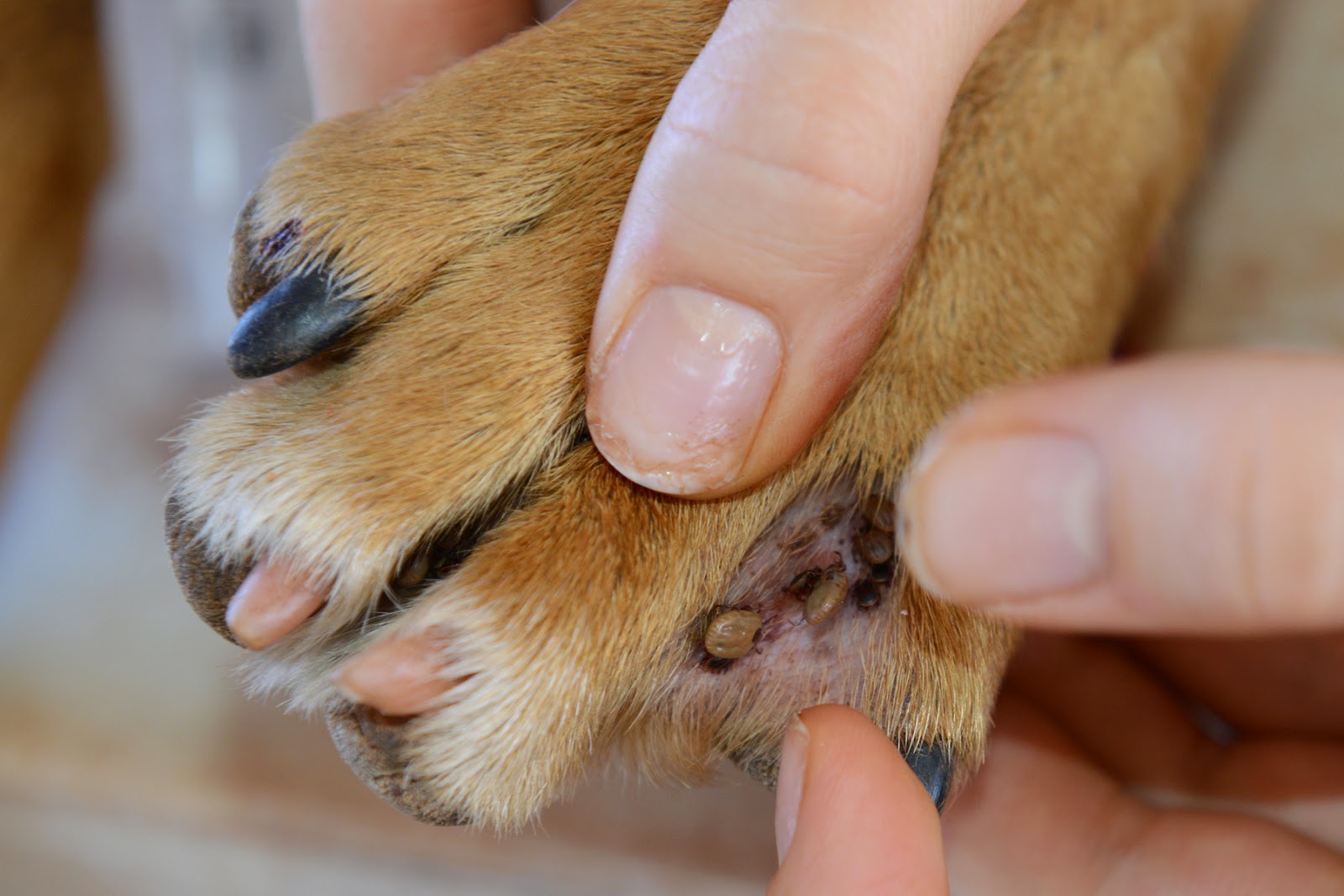As a devoted pet owner, ensuring the health and well-being of your furry friend is paramount. One of the most concerning threats to your dog's health is the presence of ticks, which can carry various diseases. Understanding what does a tick look like on a dog is essential for early detection and prevention. By familiarizing yourself with their appearance, you can take proactive measures to keep your dog safe and healthy.
Ticks are small, parasitic arachnids that attach themselves to the skin of animals, including dogs, to feed on their blood. They can be particularly troublesome during warmer months when they are most active. Knowing what to look for when inspecting your dog for ticks can help you detect them before they pose a serious risk. In this article, we’ll explore the different types of ticks, their characteristics, and how to identify them on your beloved pet.
As you read further, you’ll gain insights into the signs of tick infestations, how to properly check your dog for ticks, and the steps you can take to prevent these pests from making a home on your pet. Join us as we delve into the world of ticks and learn what does a tick look like on a dog to ensure your furry companion remains healthy and tick-free.
What Are Ticks and Why Are They a Concern for Dogs?
Ticks are ectoparasites that belong to the arachnid family, which also includes spiders and mites. They feed on the blood of mammals, birds, and sometimes reptiles. Their bite can transmit various diseases such as Lyme disease, Rocky Mountain spotted fever, and ehrlichiosis, making it crucial for pet owners to be vigilant.
How Do Ticks Attach to Dogs?
Ticks have specialized mouthparts that allow them to attach firmly to the skin of their hosts. Once they find a suitable spot, they embed their mouthparts into the skin and begin to feed. This can be a lengthy process, often lasting several days.
What Does a Tick Look Like on a Dog?
Ticks can vary in size and appearance depending on their species and whether they have fed. Generally, an unfed tick is about the size of a pinhead, while a fully engorged tick can grow to the size of a grape. Here are some characteristics to help you identify ticks:
- Color: Ticks can range from brown to reddish-brown when unfed and may appear gray or blue after they have fed.
- Shape: Ticks have a flat, oval body when unfed, becoming rounded and swollen once engorged.
- Legs: Adult ticks have eight legs, while larvae have six legs.
- Body segmentation: Ticks have a distinct body segmentation that can help differentiate between species.
How to Check Your Dog for Ticks?
Regularly checking your dog for ticks is crucial, especially after outdoor activities. Here’s how you can effectively check your dog:
- Inspect the entire body: Start from the head and work your way down to the tail, paying special attention to areas like the ears, underbelly, and between the toes.
- Feel for bumps: Run your hands over your dog's body to feel for any unusual bumps or lumps that may indicate a tick.
- Use a comb: A fine-toothed comb can help catch ticks that are embedded in your dog’s fur.
What Should You Do If You Find a Tick on Your Dog?
If you discover a tick on your dog, it’s essential to remove it promptly and correctly to minimize the risk of disease transmission. Here are the steps to follow:
- Use fine-tipped tweezers: Grasp the tick as close to your dog’s skin as possible, pulling straight out without twisting.
- Clean the bite area: After removal, clean the area with soap and water or an antiseptic.
- Monitor for signs of illness: Keep an eye on your dog for signs of tick-borne diseases, such as lethargy, loss of appetite, or unusual behavior.
How Can You Prevent Ticks on Your Dog?
Preventing ticks is the best way to protect your dog from the potential dangers they pose. Here are some effective prevention tips:
- Use tick prevention products: Consult your veterinarian for recommendations on topical treatments, collars, or oral medications.
- Avoid tick-infested areas: Stay clear of tall grass and dense underbrush, especially in warm months.
- Maintain your yard: Keep your lawn mowed and remove debris to reduce tick habitats.
Conclusion: Staying Vigilant Against Ticks
Understanding what does a tick look like on a dog is crucial for every pet owner. By being vigilant and conducting regular checks, you can detect ticks early and protect your dog from potential health risks. Remember to use preventive measures and consult your veterinarian for additional advice on keeping your pet safe from these pesky parasites. Your dog relies on you to keep them healthy, so make tick prevention a priority!



